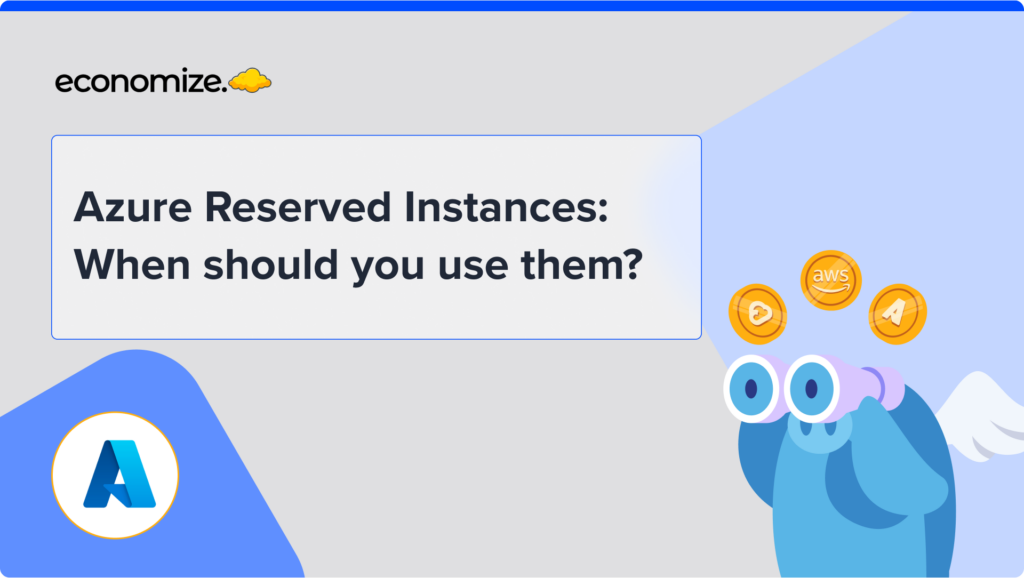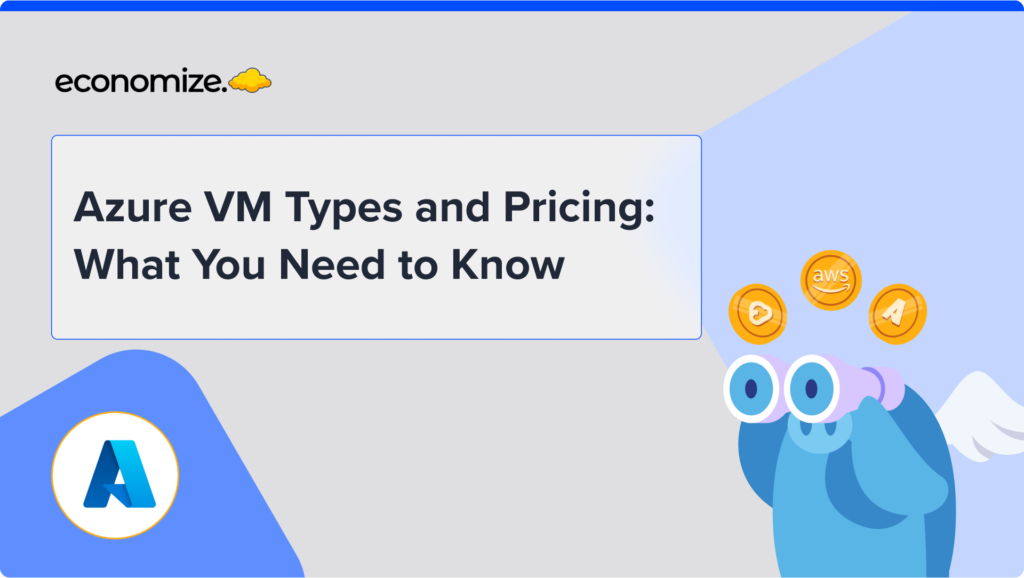Introduction
Effective cloud management and monitoring and optimizing its associated costs are crucial to maintaining a sustainable cloud environment. Azure Cost Allocation and Tagging functionalities provide a robust framework for categorizing cloud costs and improving financial transparency and accountability within the organization.
Azure Cost Allocation and Tagging helps businesses gain cost visibility and allocate costs judiciously. In this article, let us delve deeper into the significance of these financial practices.
Why Azure Cost Allocation is important for Cost Transparency and Optimization?
Cost allocation refers to the process of attributing and assigning costs to specific departments, teams, and projects within an organization. It helps you keep your cloud budget under control by identifying which department or resource group is driving the most significant portion of your cloud cost.
Azure Cost Allocation establishes rules that distribute the cost proportionally across the relevant projects. While allocating cloud costs, consider your basic requirements, your organization’s reporting structure, and engineering practices, and choose the most critical attributes to report your cost.

Azure Cost Allocation monitors the financial impact of individual projects, identifies resource inefficiencies, and optimizes resource(Virtual Machines, Blob Storage, etc) allocation accordingly. It identifies opportunities for cost optimization through serverless functions or alternative resource configurations.
Azure Cost Allocation ensures that organizations have a fair and transparent distribution of cloud expenses. It is a cost-conscious approach that encourages businesses to utilize cloud resources judiciously.
How to use Azure Tags for Resource Management?
Azure Tags are metadata elements applied to your resources, resource groups, and subscriptions. They are key-value pairs that support resource identification based on organization settings. Azure Tags play a crucial role in organizing billing data, enabling grouping of usage by criteria such as cost center or runtime environment.
Access to tag resources can be obtained in two ways:
- The Tag Contributor role grants write access to Microsoft.Resources/tags, for the resource type. This lets you tag any resource, even if you don’t have direct access to the resources. Through the Azure Tag Contributor role, you can only apply tags to subscriptions through the Azure portal and not to resources or resource groups.
- You can have write access to the resource itself. The Contributor role grants the required access to apply tags to any entity. If you need to apply Azure Tags to only one resource type, use the appropriate contributor role for that resource type. For Example, to tag a Virtual Machine, use the Virtual Machine Contributor role.
Azure tags serve as valuable tools for enhancing visibility, governance, and cost management within Azure cloud environments. Information about tags can be retrieved from the Azure portal by downloading the usage file. This provides you insights into resource utilization and spending patterns.
Cost allocation rules vs Tags: The Smarter Choice for Cost Control
While both Azure tags and Azure cost allocation contribute to effective cost management, they serve distinct purposes. Tags provide a flexible and user-defined way to categorize resources based on any relevant business attribute. Cost allocation, on the other hand, focuses on financial management and cost optimization.
Cost Allocation rules enable organizations to gain insights into spending patterns and make informed decisions to optimize costs and resource utilization.
Azure Tags focus on resource organization, categorization, and governance, providing a flexible mechanism for classifying and managing resources based on organizational criteria.
Here’s how they differ in usage:
- Application: Tags are applied directly to individual Azure resources, while cost allocation rules are defined at a broader level, encompassing entire subscriptions, resource groups, or tags.
- Specificity: Tags offer a more granular approach, allowing you to categorize resources based on diverse business attributes. Cost allocation is primarily concerned with shared services and their cost attribution.
- Cost Management: Tags primarily impact resource organization and facilitate cost analysis through association with cost centers or projects in cost allocation. Cost allocation rules directly shift costs to designated entities.
When to Use Cost Allocation vs. Tagging
Organizations often utilize both Azure Cost Allocation and Azure Tags in tandem to achieve comprehensive resource management.
Cost Allocation: For High-Level Expense Distribution
Use cost allocation when you need to distribute expenses across departments, business units, or teams. It works best for organizations looking to manage their budget at a higher level, providing insights into which groups are consuming the most resources. Cost allocation is particularly useful for budgeting, financial forecasting, and implementing a chargeback mechanism.
Tagging: For Granular Cost Management and Resource Organization
Tagging offers more flexibility for organizing and managing resources on a granular level. Tags are ideal for organizations needing detailed insights into specific projects, applications, or environments. They provide a means for logical grouping and identification, making it easier to track costs at a micro level.
How to Tag Your Resources in the Azure Portal
Consider a scenario where a Virtual Machine is used by the Marketing team. You can tag your VM with an Environment name as “Marketing”.
Steps to Tag Your Resources
- Sign in to the Azure portal.
- Open the VM and navigate to the Tags section.
- Click + Add to create a new tag.
- Enter a Tag name, for example, “Environment.”
- Enter a Tag value, for example, “Marketing.”

Create as many tags as required for the resource as a key-value pair and click on “Save“
How to create Azure Cost Allocation Rules for your resources
Step 1: Cost Allocation
- Sign in to the Azure portal.
- On the Cost Management page, click on “Cost Allocation.”
- Click + Add to create a new cost allocation rule.
- Enter a descriptive Rule name.
- Choose the Scope for which the rule applies. In this case, select the Resource group containing the VM.
Step 2: Define Allocation logic
- Under the Allocation method, choose Split based on tags.
- Click + Add tag and select the Tag name “Department” you created earlier.
- Click on the newly added tag and choose the Allocation value based on departmental usage. You can enter percentages (e.g., Marketing: 60%, Sales: 40%) or fixed values for each department.
- Click Review + Create.
You can define custom allocation logic within the cost allocation rule. For example, you could allocate costs based on resource usage metrics like CPU hours or storage consumed.
Conclusion
By defining allocation rules and applying tags to resources, organizations can gain better visibility into spending patterns. By categorizing your resources and assigning costs to these categories, organizations gain more granular visibility into where resources are being utilized and where costs are incurred. This visibility forms the foundation for effective cost-management strategies in FinOps.
Ultimately, Azure cost allocation and tagging enable organizations to maximize the value derived from their Azure investments, driving success in an increasingly cloud-centric environment.
FAQs:
Q: What is tagging in Azure?
A: Tagging in Azure refers to the process of assigning metadata to Azure resources in the form of key-value pairs, allowing organizations to organize, manage, and filter resources based on specific attributes for better resource tracking and cost management.
Q: What is the maximum number of tags per resource in Azure?
A: Azure allows a maximum of 50 tags per resource, enabling users to classify and categorize their resources effectively without exceeding the limit.
Q: What is Azure Cost Allocation?
A: Azure Cost Allocation is the process of distributing and analyzing cloud costs across various resources and departments within an organization, often using tags to identify which costs belong to specific projects, teams, or business units, thereby enhancing financial accountability and optimizing resource usage.
How can we help?
Are your cloud bills soaring high? Don’t let cloud costs weigh you down anymore. With Economize, you can slash your cloud expenditures by up to 30% effortlessly. Book a free demo with us today and discover how we can help you start saving in as little as 10 minutes.








